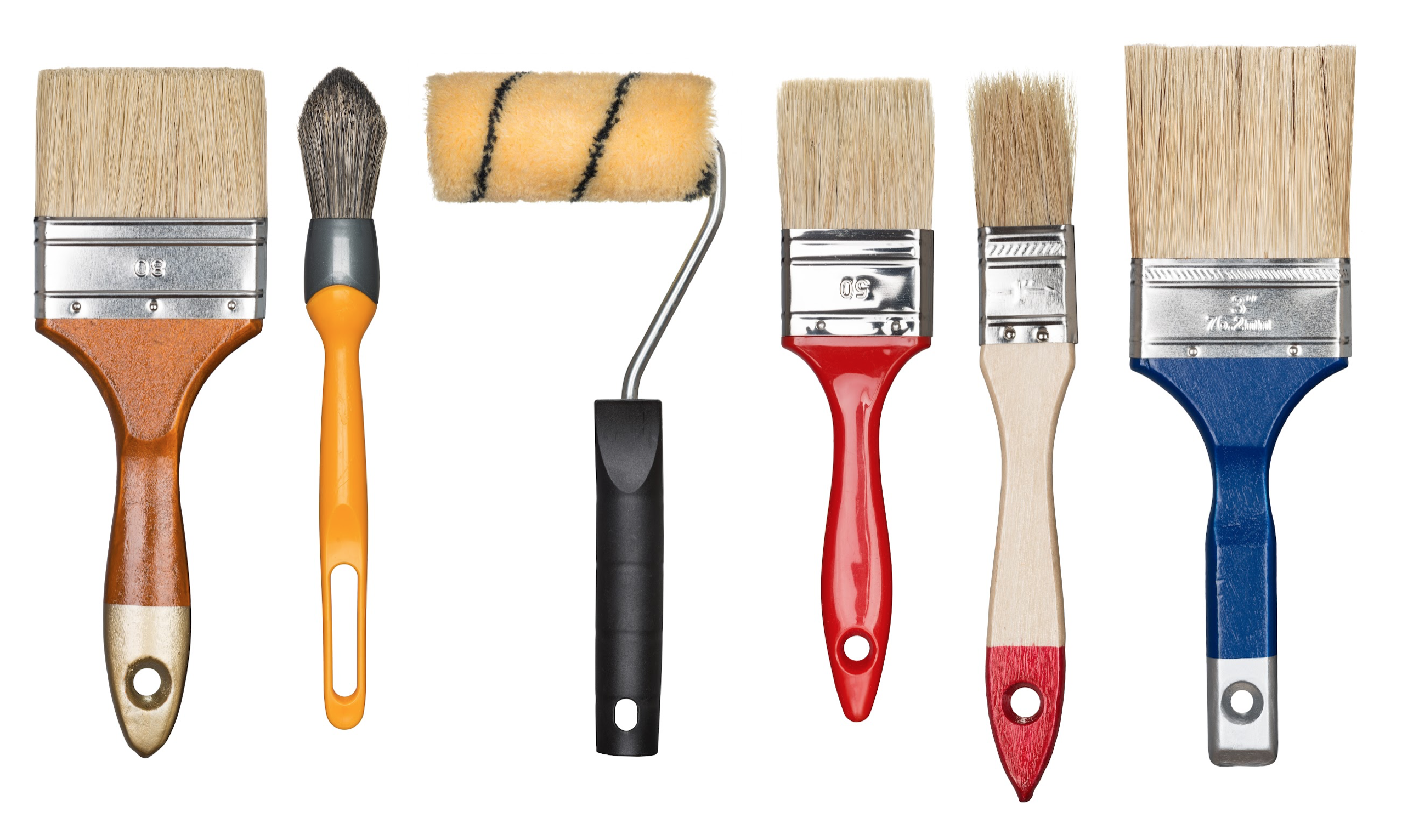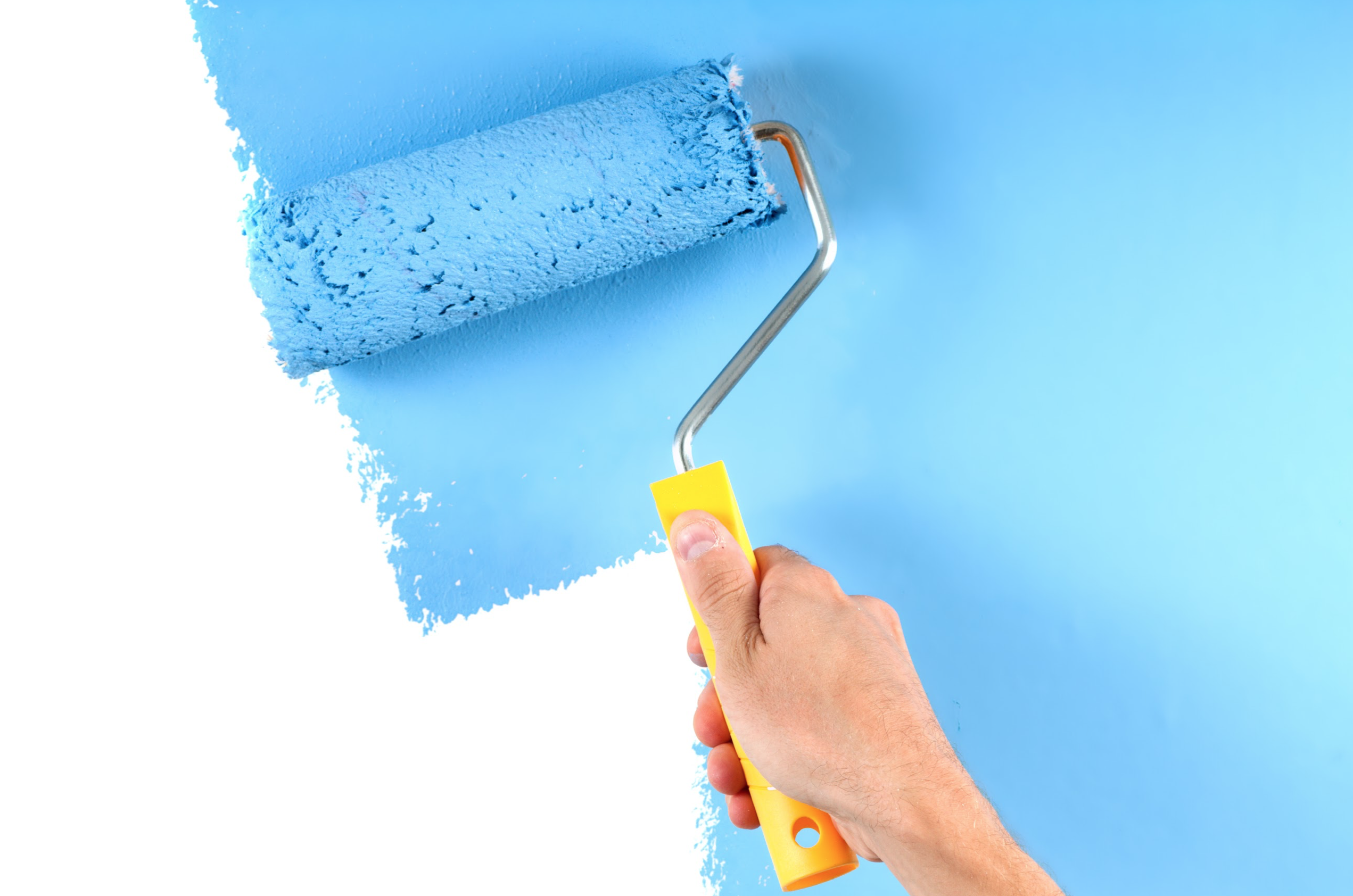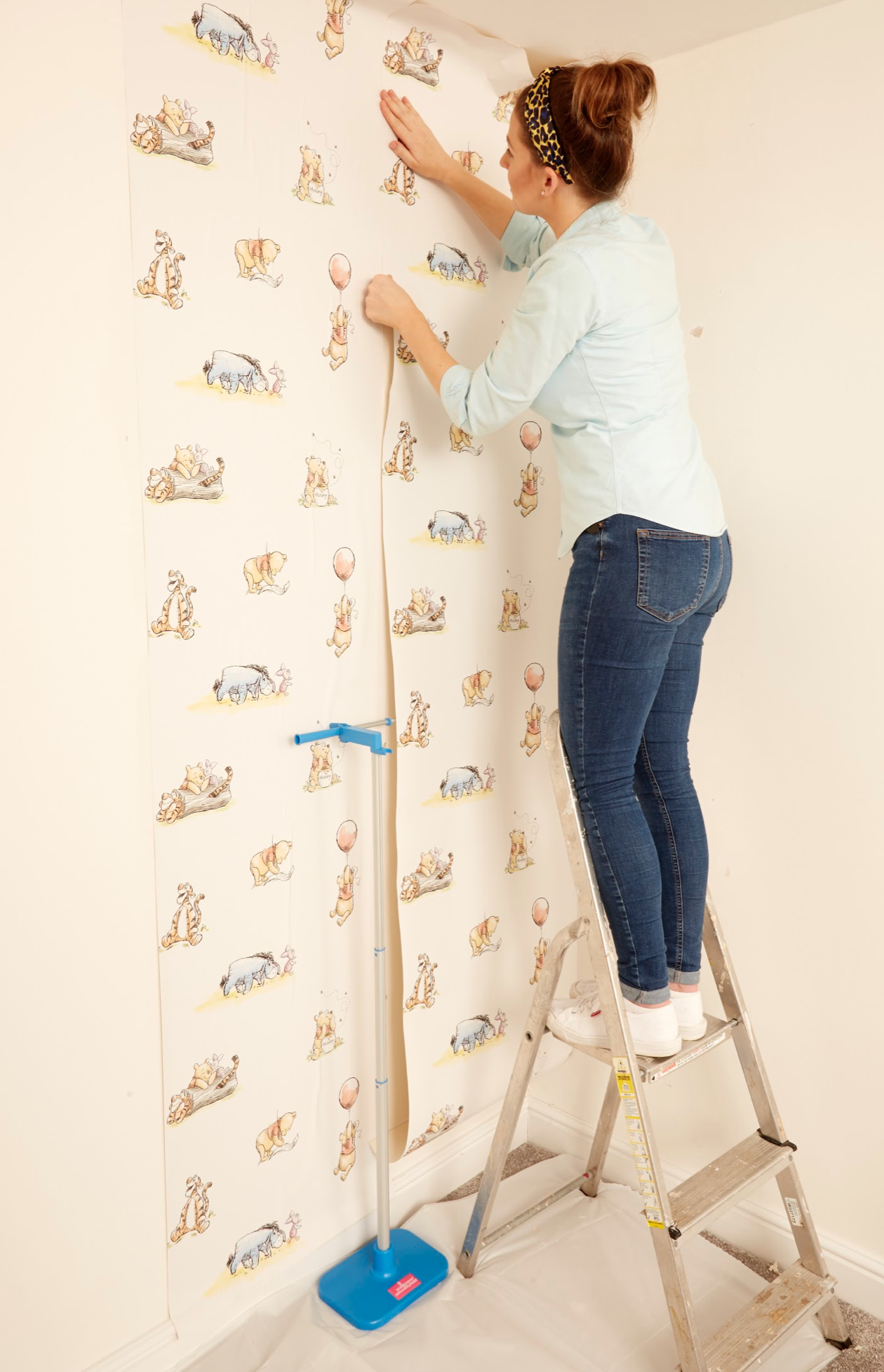How To Choose
The Right Paintbrush

Different Types of Paint Brushes
- Natural-bristle brushes are made with animal hairs which create split ends. This benefits the brushes ability to hold more paint and deliver a smooth release of the paint, which in turn creates a smooth finish. Best used for applying oil based paints, polyurethane, shellac and varnishes.
- Polyester brushes are the preferred choice for latex paints. They hold their shape and stiffness in any paint and apply paint smoothly and evenly.
- Blended nylon/polyester brushes work well with all types of latex paints and have the added benefit of being very easy to clean. The durability of nylon combined with polyester’s ability to maintain its shape, result in a high-quality finish.
Brush Sizes
With a variety of sizes to choose from, there is no hard and fast rule, it really is more of a personal choice. Having said that you will find many professionals would recommend the following:
- 1″ to 2″ brushes applying paint to windows and small trim
- 3″ brushes for applying glossy paints to cabinets and doors
- 4″ brushes for applying paint to large flat areas
Brush End Types
- Square Trim Brush – the ends of the bristles are cut square and used primarily for applying paint to flat areas.
- Chisel Trim Brush – have slanted bristles which are excellent for producing straight lines in corners and edges.
- Angled Brush – the bristles are cut to make it easier to apply paint to window trim.
Brush Styles
- Trim – a flat brush which is the perfect choice for painting large flat surfaces.
- Wall – a thicker flat brush that holds more paint. Excellent for painting larger surface areas.
- Thin Angle Sash – the slanted bristle design and thin profile are an excellent choice for corners and edges. They produce very good straight lines.
- Angle Sash – has the same slanted bristle design as a ‘Thin Angle Sash’, but being thicker holds more paint, and is therefore a great choice for cutting in at the ceiling.
- Flat Sash – bristles are straight across and used mainly for painting flat areas.
Paint Rollers

There are two main coverings for paint rollers.
- Wool or natural fibres – ideal for painting rough or textured surfaces.
- Synthetic man made fibres – short napped or foam rollers are excellent for painting a smooth wall.
If after producing an excellent paint job you plan to install wallpaper, we suggest using the brand new tool that makes it easy to hang wallpaper by yourself.
WallpaperBuddy™ holds wallpaper away from the wall at an ideal angle for aligning and smoothing, and helps to reduce bubbles and creases. The telescopic design allows you to progress down the wall at a pace that is perfect for you, working with both hands free the entire time. At a fraction of the cost of hiring a professional, why not DIY with WallpaperBuddy™.

We hope you found this article helpful, and we would appreciate it very much if you shared it with someone else you feel might benefit from it.
Need some more help with painting?
